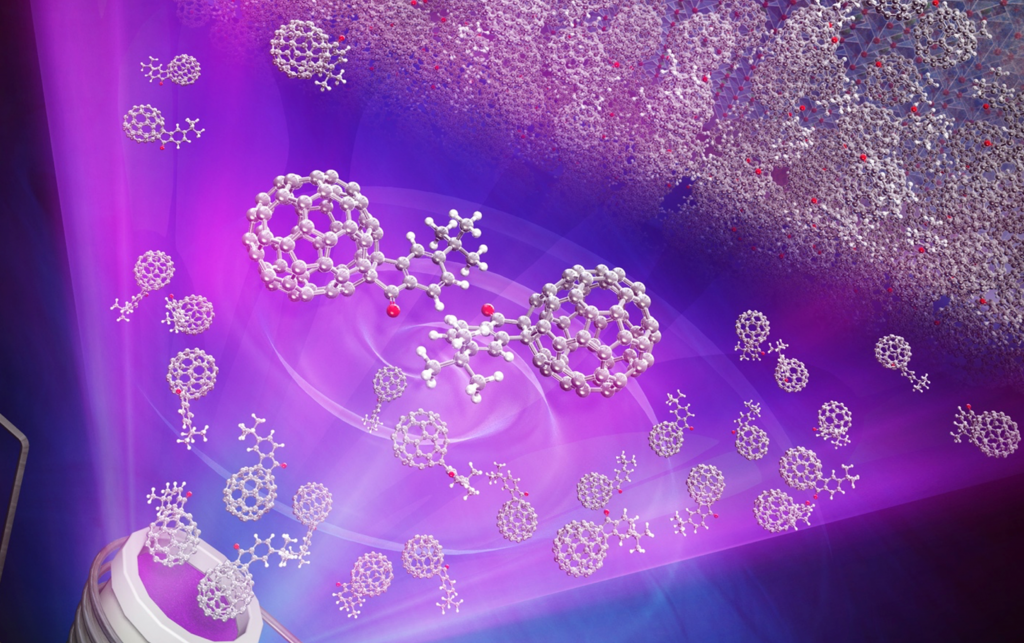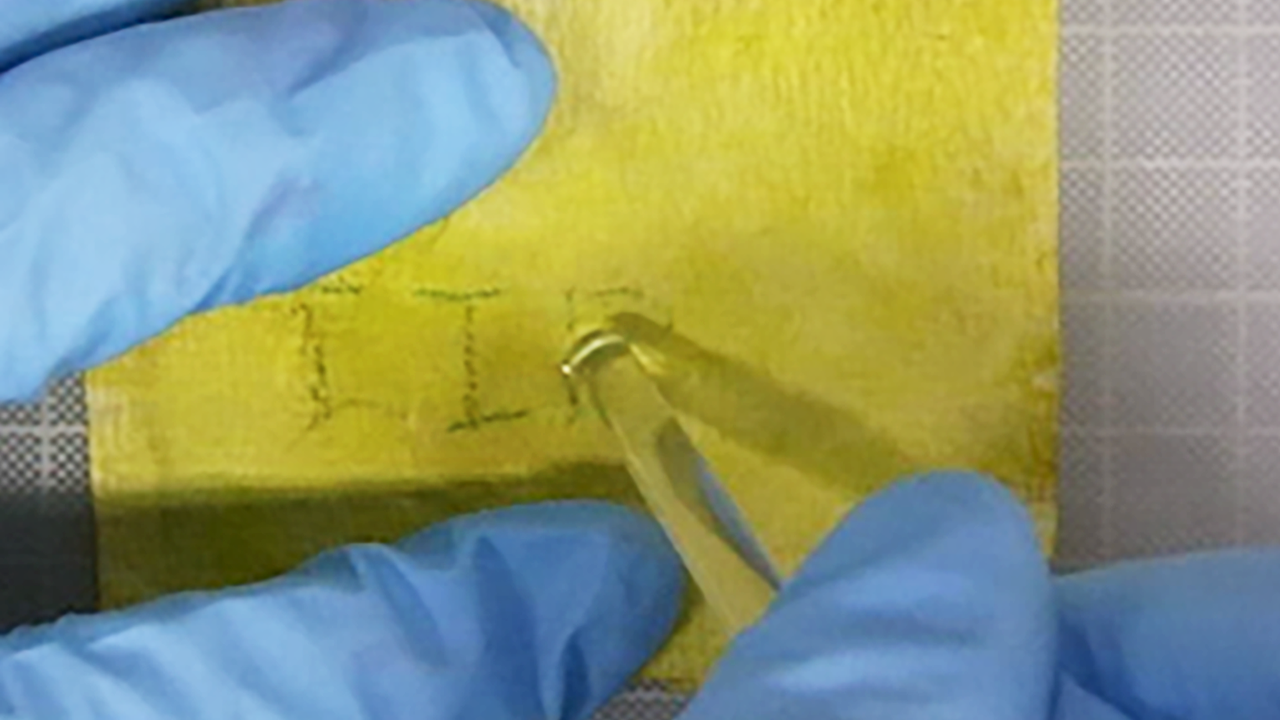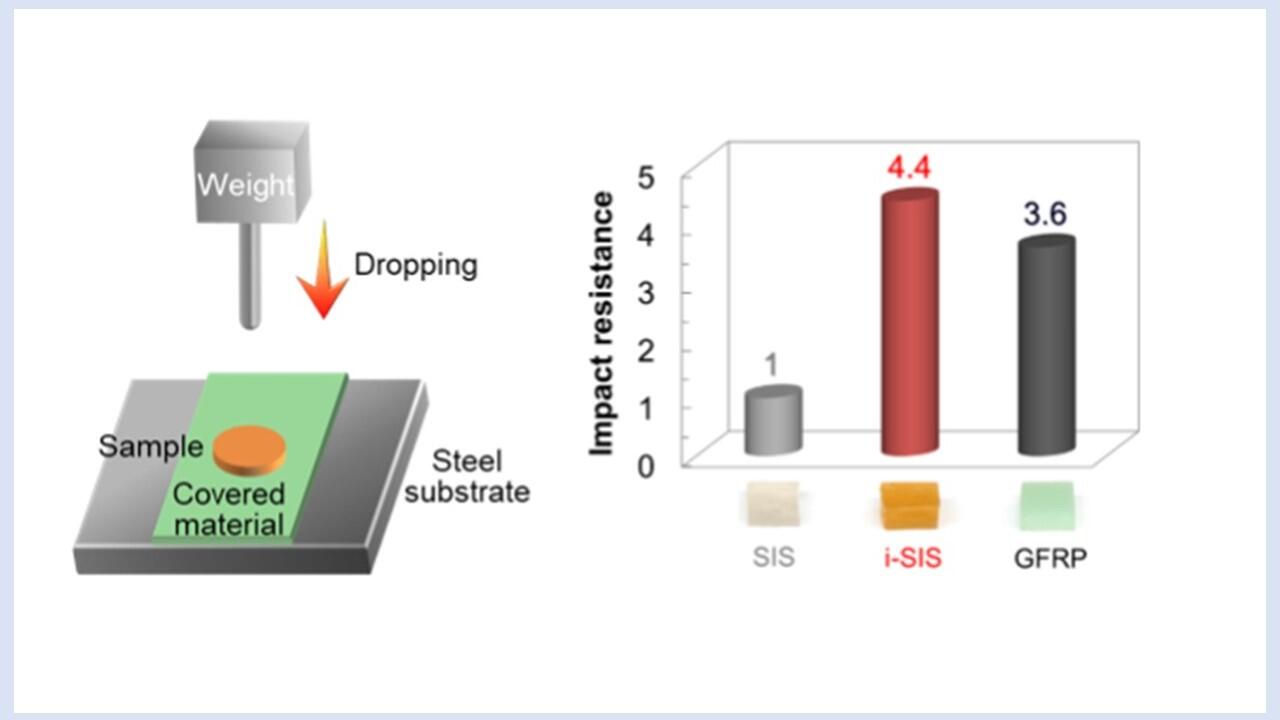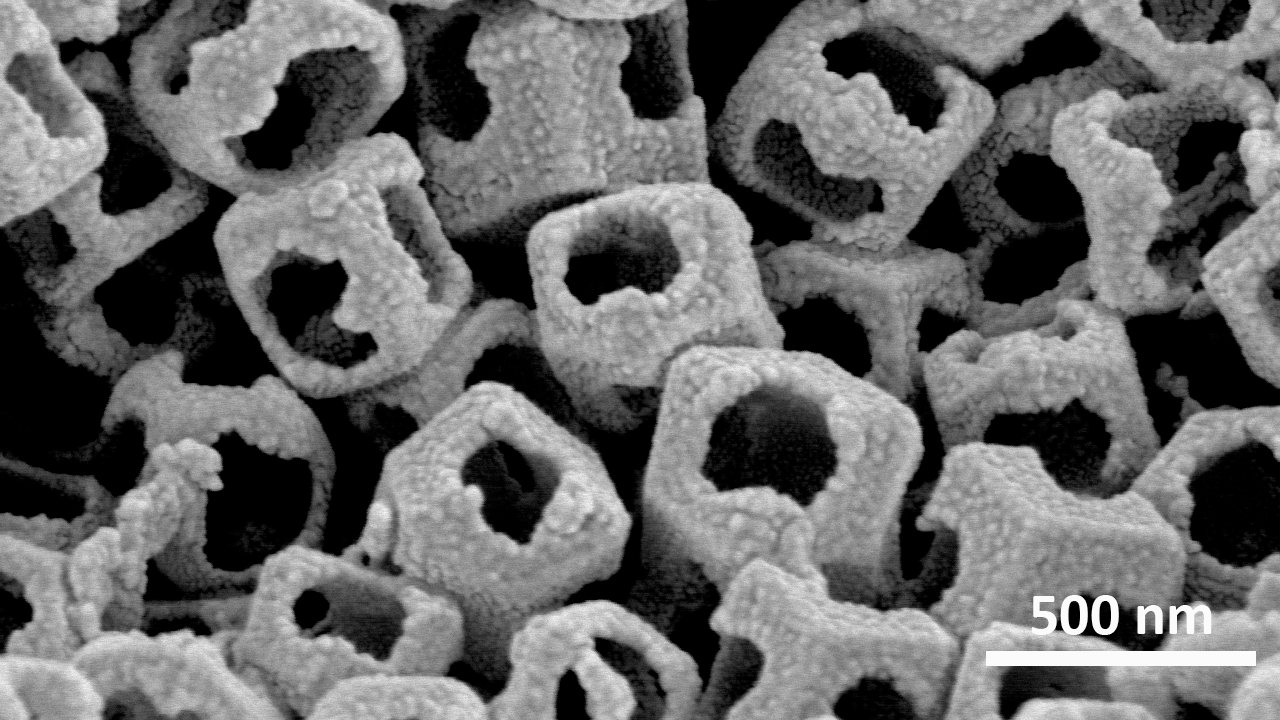
A group led by researchers at Nagoya University in Japan has created a material based on fullerene indanones (FIDO), which promises to improve the durability of next-generation solar cells. Durability has been one of the biggest hurdles in their practical application and commercialization. The researchers published their findings in the Journal of the American Chemical Society.
The next generation of solar cells will probably use perovskite-based cells. These crystal-based cells are highly efficient, even generating electricity indoors under weak light conditions. They are also lighter and more flexible than conventional silicon solar cells. As a result, they are more suitable for installation on vertical surfaces, such as windows and walls.
Many of the unique properties of these solar cells come from fullerene (C60). Its unique shape, which resembles a soccer ball, makes fullerene instantly recognizable. Fullerenes are carbon-based semiconductors that can channel electrons to create power, making them essential for organic electronics. Researchers can attach organic molecules to fullerenes to enhance their electronic function, thereby creating derivatives with different properties.
The group led by Professor Yutaka Matsuo from the Institutes of Innovation for Future Society added indanone to fullerene to create FIDOs. Indanone is a useful compound in reactions. It has a unique structure of fused rings that create strong carbon links between the fullerene and the benzene part of the indanone. This creates an arrangement with excellent stability even when heated.
Using FIDO, Matsuo and his collaborators controlled the film to create an amorphous material instead of the more common crystalline material found in the currently used silicon solar cells. Amorphous materials have a more random structure than carefully organized crystals. This randomness allows amorphous films to be engineered to have specific properties by adjusting the deposition conditions and tailoring the electrical characteristics of the film to meet the requirements of solar cell technology.
When they compared their new technology with a standard film, they found that their new film had many advantages. Unlike the conventional film, it was more efficient and stable, and these properties did not degrade. Importantly, there was no decrease in conversion efficiency.
“Our amorphous film does not crystallize upon heating and shows excellent morphological stability,” Matsuo said. “A problem with films is that when heated to 150°C, the degree of crystallization increases. Our newly developed film is an amorphous thin film after deposition and remains amorphous even when heated.”
The group sees a range of uses for their technique. “These fullerene derivatives are expected to be used not only for perovskite solar cells but also for photoelectric conversion elements, such as organic photodiodes and in organic photodetectors,” Matsuo said. “Organic photodetectors contribute to the high resolution of imaging sensors in cameras and will be used in fingerprint authentication on smartphone displays, allowing unlocking from any part of the screen touched by a finger.”
The study, “Evaporable Fullerene Indanones with Controlled Amorphous Morphology as Electron Transport Layers for Inverted Perovskite Solar Cells,” was published in the Journal of the American Chemical Society on December 8, 2023, at DOI: 10.1021/jacs.3c07192.
Authors
Qing-Jun Shui, Shiqi Shan, Yong-Chang Zhai, Shinobu Aoyagi, Seiichiro Izawa, Miftakhul Huda, Chu-Yang Yu, Lijian Zuo, Hongzheng Chen, Hao-Sheng Lin, and Yutaka Matsuo
Media Contact
Matthew Coslett
- International Communications Office, Nagoya University
- Email: icomm_research@t.mail.nagoya-u.ac.jp
Top image: Amorphous solar cells with FIDO technology are more efficient, stable, and lightweight (Credit: Yutaka Matsuo)







